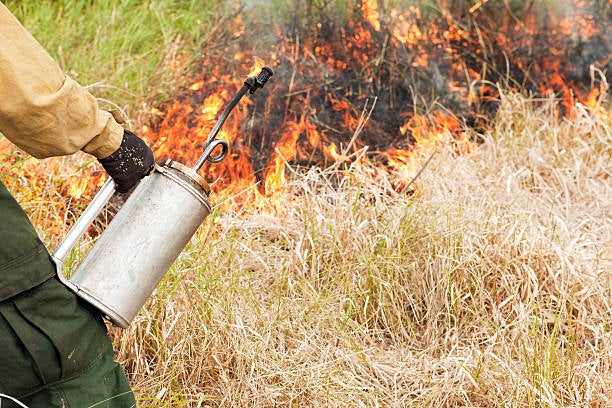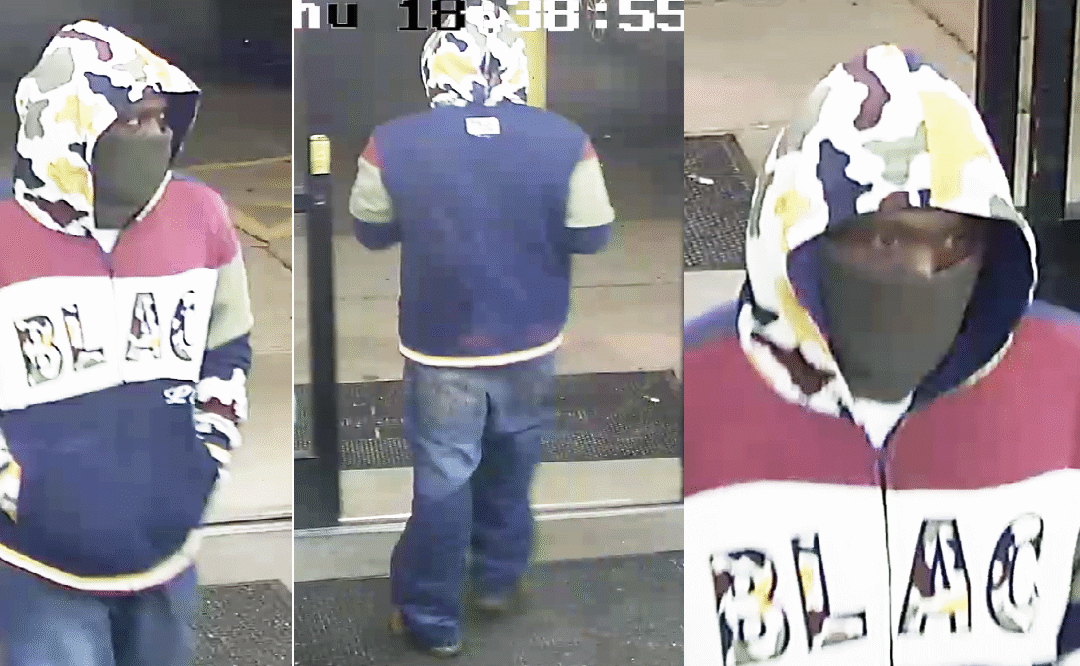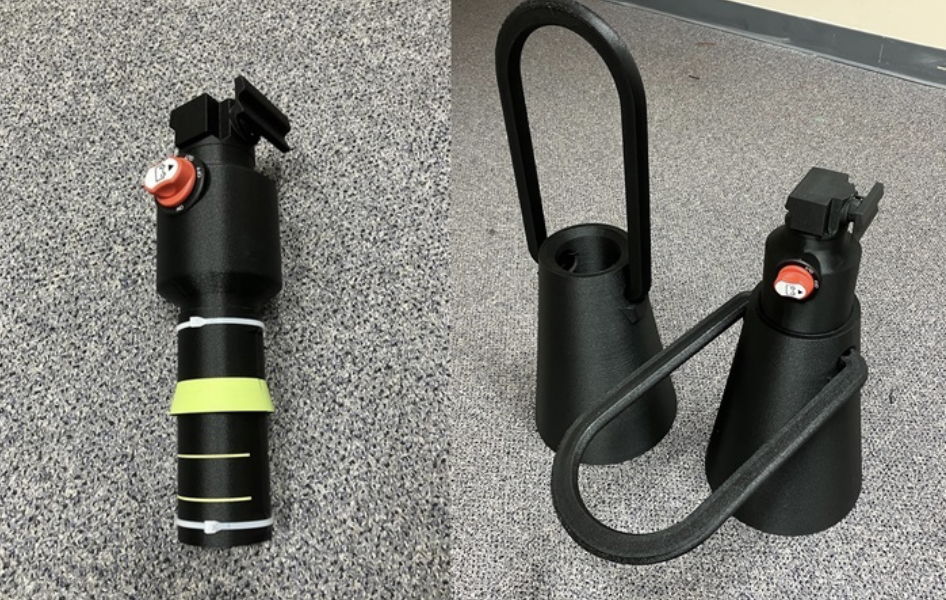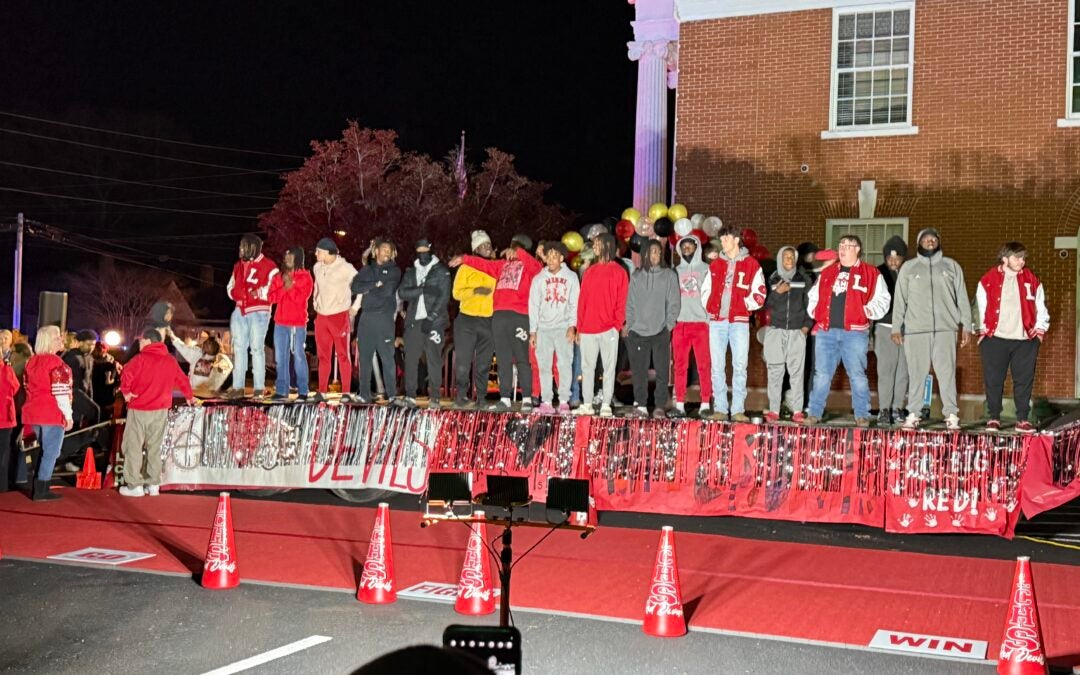There are likely a combination of factors that led to the wildfires that have devastated Los Angeles leading to the loss of at least 25 lives and an estimated 12,000 homes and businesses..
Dry weather conditions, wind speed and direction, carelessness and poor public policy can all play a major difference in whether the fire is merely a nuisance or becomes a deadly juggernaut.
The U.S.Army Corps of Engineers has a seemingly antithetical method of abating wildfire, they start fires themselves.
“For us, fire is a tool to keep the forest healthy and the unintentional fires down to zero,” siad David Quebedeaux, park ranger for the Corps of Engineers.
The Corps of Engineers manages 16,716 acres of forest in Georgia, as well as timber and wildlife resources at Clarks Hill Lake in Georgia and South Carolina.
According to Quebedeaux, the real danger that causes wildfires is not trees themselves getting struck by lightning, but the leaf “litter” that lays along the forest floor, along with human negligence such as a discarded cigarette or unattended campfire. In fact, trees themselves are poor burners since they are alive and the cords are filled with sap; however, once the wind whips up a small flame, then anything in its path is destined for destruction.
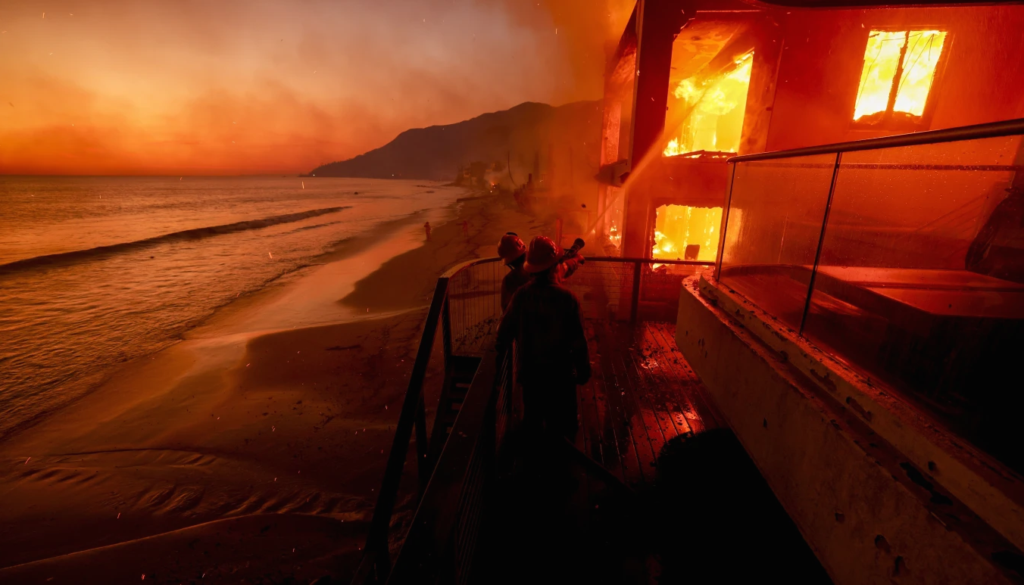
“When we say “litter,” we are not talking about trash, but fallen leaves, twigs, branches, really anything organic that is decomposing on the forest floor along with dry underbrush. These flammable materials on the ground are how the fire moves from place to place,” Quebedeaux said.
Thanks to the wind, fire can spread amazingly fast.
A gusty wind also pumps more oxygen into the fire, allowing it to burn hotter, engulfing homes within mere minutes.
The Corps’ answer is to periodically conduct ‘prescribed’ burns.
According to the Corps website, a prescribed burn is different from a controlled burn in that it is held almost in laboratory conditions where every possible facet of the burn is studied before a match is lit.
Factors such as wind speed, wind direction, and soil and air temperature are all taken into account; the experts also map out the coverage area of the fire leaving plenty of escape routes for wildlife. Since every square inch of the burn is plotted and monitored, nesting creatures are generally not disrupted with exception of the smell of smoke.
Firebreaks are also either created or the fire is positioned to use established roadways in the forest as a firebreak.
“The whole idea is to eliminate the fuel load without doing too much damage to the old growth or displacing wildlife,” Quebedeaux said.
According to Quebedeaux, the results can be seen almost immediately with new, healthy plants sprouting up through the ash, which also acts as natural fertilizer, within a day or two.
Quebedeaux does warn that it is illegal to try and conduct a controlled or prescribed burn on private land in Georgia without the correct permits and professionals doing the job.
Scott Hudson is the Senior Investigative Reporter and Editorial Page Editor for The Augusta Press. Reach him at scott@theaugustapress.com

